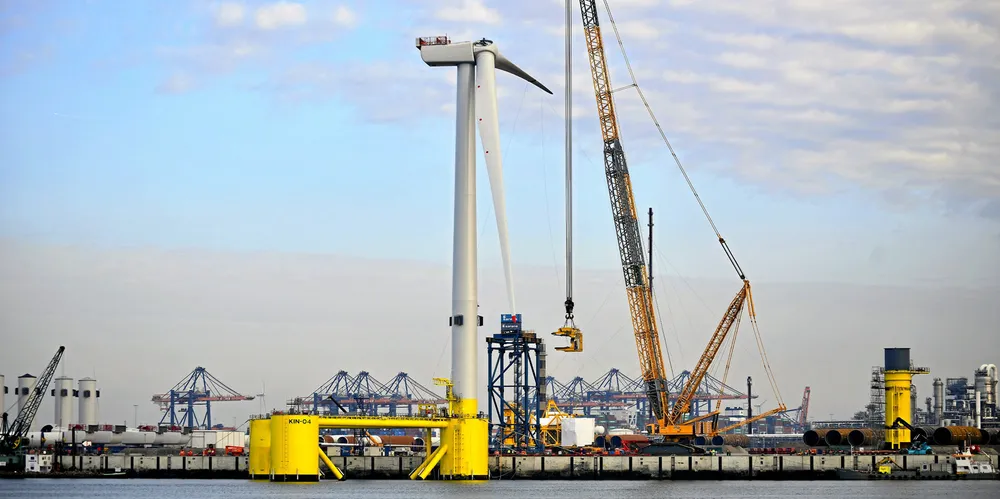Global floating wind build off target as 'government not supply chain' bottlenecks boom: report
Progress in highly prospective sector being hampered by slow-to-change policy and regulatory frameworks, with forecast installation by 2030 down 12.5% on 2021 predictions, according to new 4C Offshore figures

Slow-to-evolve government policy and regulatory frameworks are weighing down the floating wind sector’s international industrialisation, with expectations that current end-of-decade targets for installation of deepwater plant will be missed a wide margin, according to a new report.
Forecasts by analysts at 4C Offshore point to 14GW of floating wind power being installed or in construction offshore by 2030 – equal to 8GW operational, far short of the 54GW being aimed by energy regulatory around the world, and 12.5% down on 2021 predictions of the total capacity to be deployed by this date.
“Targets for 2030 wind production from floating, rather than fixed, wind farms are set to be missed across the globe. However, rather than being a supply issue, lack of progress is often down to administrative delays, with governments failing to follow up on their climate promises with clear policies and permitting and regulatory frameworks to kick-start floating wind in their territories,” said the authors of the report.
Ivar Slengesol, vice president of New Energy Solutions at TGS, 4Cs parent company, said: “Compared with the previous report from May 2022, our forecasts to 2030 and 2035 have both been reduced by 2GW.
“This decrease reflects continued policy-side delays and slow authorisation processes in multiple countries,” he said, “despite high ambitions from developers, with several companies having floating project pipelines greater than 10GW.”
The report stressed that though progress toward “a crucial contributor to the world's future energy supply” is falling off the pace, “there is still time to regain some lost ground”.
“With the potential for floating wind installation to begin within seven years of site award, we are now entering a crucial window of opportunity,” said Richard Aukland, director of research at 4C Offshore, noting a parallel with the development of the conventional offshore wind market in the early-2010s.
“We saw this with the fixed-bottom market a decade ago. Ambitions for floating wind deployment are rapidly increasing globally as governments become attuned to floating versus fixed-bottom wind benefits,” he said.
“Governments must shift their focus from the 2030-2040 time horizon to the here and now – 2023 must be a year of decision-making and action if commercial-scale projects are to hit the water this decade.”